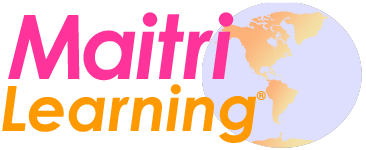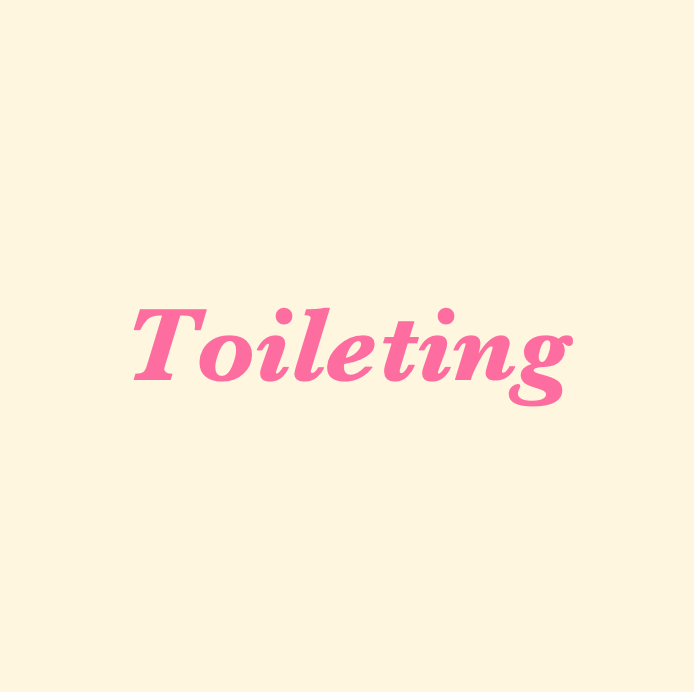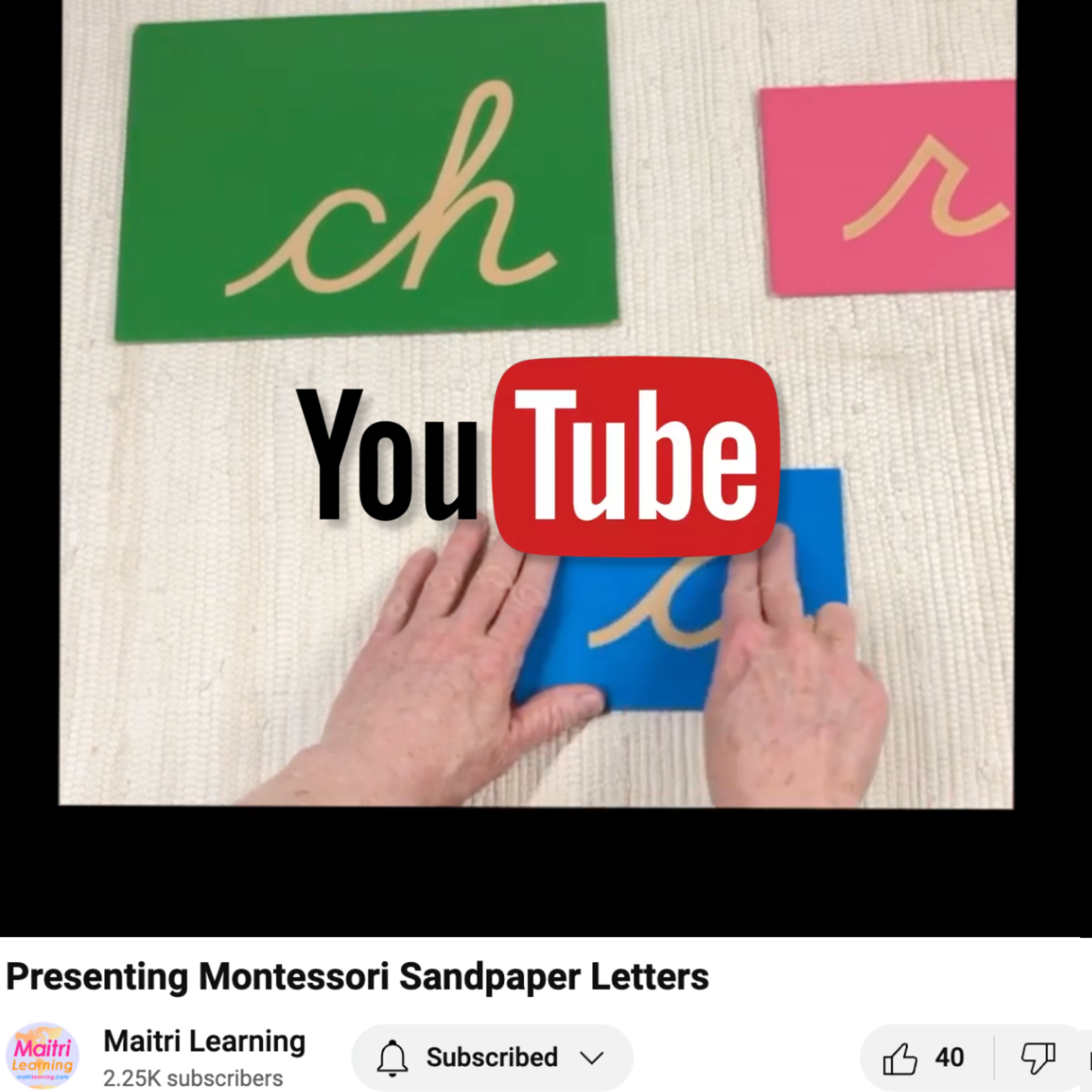Which pouches for which cards?
Question:
My school purchased a bunch of cloth pouches from you and I'm not sure which cards are supposed to go in which pouch. Can you help?
Answer:
We have a custom-cloth pouch for almost every card we make. Here's a quick overview of which pouches are used for which cards. We'll go from smallest to largest.
Our Small One-Pocket Pouches are approx. 4.25"W x 2.5"H and also come in cork in addition to 100% cotton. These were designed especially for the following cards:
- Word study
- Grammar/Function of Words
- Phonetic activity cards
- Puzzle words
- - - - - - - - - - - - - - - - - - - - - - - - - - - - - - - - - -
Our Medium One-Pocket Pouches are approx. 5.5"W x 4.5"H and perfectly fit our Vocabulary Cards. These also come in buttery soft cork!

- - - - - - - - - - - - - - - - - - - - - - - - - - - - - - - - - -
Our Long One-Pocket Pouches are approx. 7"W x 3"H and are made to hold our Grammar Phrase Cards and Phonetic Word Cards. These also come in buttery soft cork!
- - - - - - - - - - - - - - - - - - - - - - - - - - - - - - - - - -
Our Phonogram One-Pocket Pouch is approx. 6.75"W x 6"H and has a lovely open-top design which makes it ideal for housing the books and cards from our Phonogram Spelling Folders. It also works well for holding our Phonogram Lists.

- - - - - - - - - - - - - - - - - - - - - - - - - - - - - - - - - -
Our Large Cloth Pouches are approx. 10"W x 6.75"H and are just a wonderful way to display our Geography Cards and Fine Art Display cards.
- - - - - - - - - - - - - - - - - - - - - - - - - - - - - - - - - -
Each pocket in our Two-Pocket Pouches is approx. 5.5"W x 2.75"H. These are ideal for Matching Cards or the First Stage of Definition Card work. Because our matching cards are color-coded on the back, simply show the child how to put all the cards with the red dot on the back in one pocket and those with the blue dot in the other pocket.
For definition stage 1 work, these hold the vocabulary cards and full definition cards from our Build-a-book sets. Use this if you'd like your definition cards in separate pouches. If you'd like them all together, use our All-in-One Pouch (below).
- - - - - - - - - - - - - - - - - - - - - - - - - - - - - - - - - -
Our 3-Part Card Pouches hold each of the cards in our Phonetic Reading Cards, 3-Part Cards, or "Parts of" Cards in their own pocket.

- - - - - - - - - - - - - - - - - - - - - - - - - - - - - - - - - -
Our Definition Stage 3 Pouches hold the vocabulary cards, term cards, and definition cards from our Build-a-book sets. Use this if you'd like your definition cards in separate pouches. If you'd like them all together, use our All-in-One Pouch (below).
- - - - - - - - - - - - - - - - - - - - - - - - - - - - - - - - - -
Our All-in-One Pouches organize your Definition Cards (all three stages) and Vocabulary Cards from your Build-a-book set in one convenient display package. Here's more information about these special pouches:
- 7-interior pockets specifically designed to hold every stage of Definition cards
- Folded size is approx. 6.5" W x 4.75" H
- Fully open size is approx. 6.5" W x 21.5" H
- Top and second row pockets are approx. 4.75" W x 2.75" H
- Third row pockets are approx. 1.25" W x 2.75" H (left) and 4.75" W x 2.75" H (right)
- Fourth row pockets are approx. 1.25" W x 2.75" H (left), 2" W x 2.75" H (center), and 2.75" W x 2.75" H (right)
We made a little video to help you see how these book and card set pouches work together.
- - - - - - - - - - - - - - - - - - - - - - - - - - - - - - - - - -
We have two special pouches for our Fine Art Cards. First, the Fine Art Matching Pouch is designed specifically to hold the larger format Fine Art Matching Cards:
- Folded size is approx. 6.25"W x 4.75" H
- Pockets are approx. 6.25" W x 2.75" H
- - - - - - - - - - - - - - - - - - - - - - - - - - - - - - - - - -
Next, our Fine Art 4-Pocket Pouches organize the Fine Art 4-Part Cards.
- Folded size is approx. 7.25"W x 4.5" H
- Top left pocket is approx. 4" x 2.75" H
- Top center pocket is approx. 1.5" x 2.75" H
- Top right pocket is approx. 1.25" x 2.75" H
- Bottom pocket is approx. 6" W x 2.75" H
That's it! Let us know if you have other cloth pouches you'd like to see or other applications. We're here to help!




















Leave a comment
This site is protected by hCaptcha and the hCaptcha Privacy Policy and Terms of Service apply.